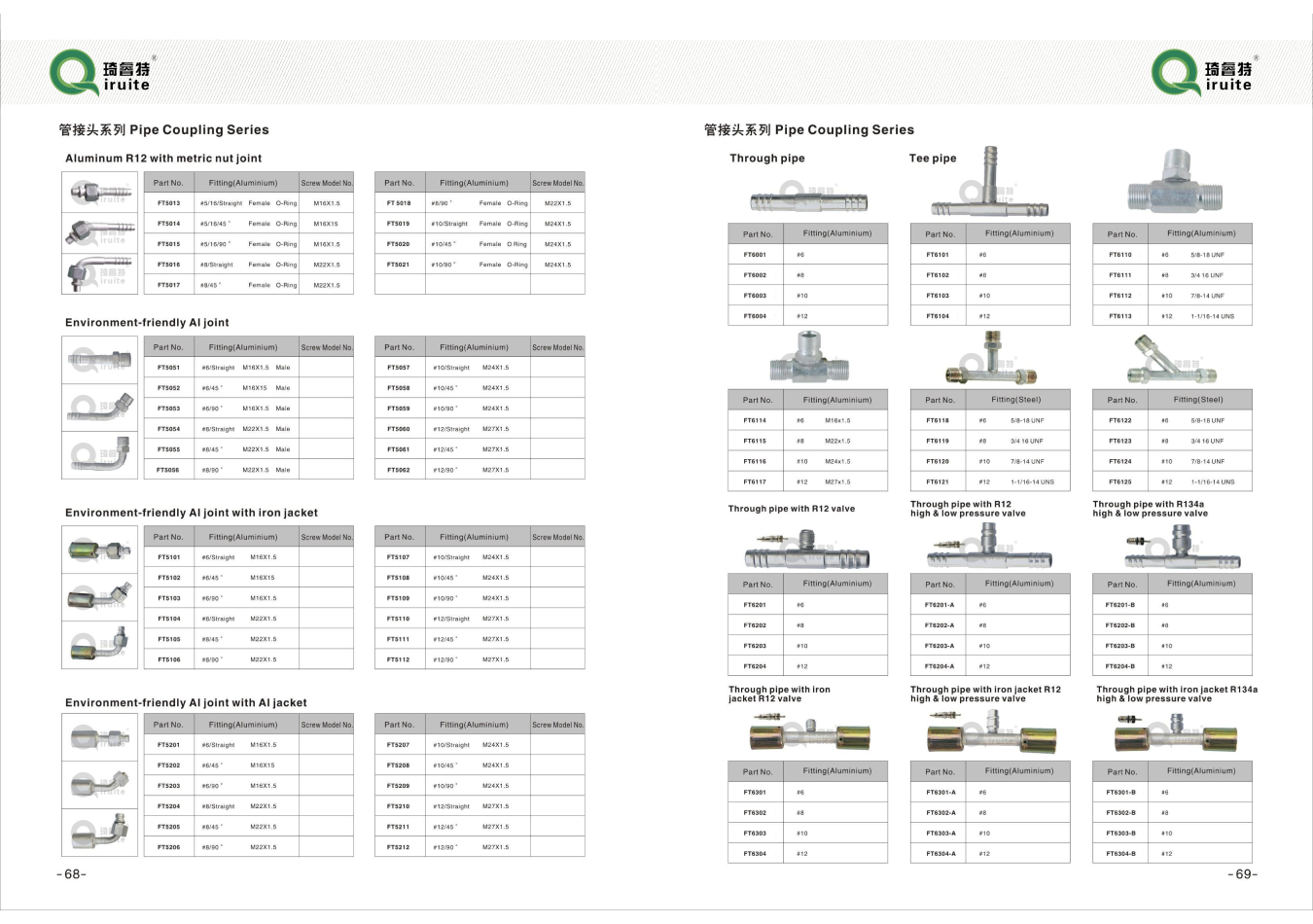110mm drainage pipe connector
Understanding the 110mm Drainage Pipe Connector An Essential Component in Modern Plumbing
In the realm of plumbing and drainage systems, the 110mm drainage pipe connector plays a crucial role in ensuring effective waste management and fluid transport. As urban environments continue to expand and infrastructure demands increase, understanding the various components that contribute to efficient drainage becomes increasingly important. This article will delve into the significance of the 110mm drainage pipe connector, its applications, benefits, and installation considerations.
What is a 110mm Drainage Pipe Connector?
A 110mm drainage pipe connector is a fitting designed to join lengths of 110mm diameter pipes, which are commonly used in domestic and commercial drainage systems. These connectors facilitate the transition between different types of pipes or changes in direction within the drainage system. Made from durable materials such as PVC (polyvinyl chloride) or polyethylene, these connectors are engineered to withstand the rigors of fluid transport, providing a long-lasting and reliable solution for drain installations.
Applications of the 110mm Drainage Pipe Connector
The 110mm drainage pipe and its associated connectors are widely used in various applications, including
1. Domestic Drainage Systems In residential settings, they are typically employed for the disposal of wastewater from kitchens, bathrooms, and laundry areas. Their size and compatibility with standard household fixtures make them an ideal choice for connecting pipes leading from sinks, toilets, and showers.
2. Commercial Plumbing In commercial environments, these connectors are employed in larger drainage systems where the volume of wastewater is significantly higher. They are integral in managing the flow of sewage and stormwater, facilitating efficient drainage in restaurants, shopping malls, and industrial facilities.
3. Rainwater Harvesting Systems The 110mm drainage pipe connector can also be utilized in rainwater harvesting systems to ensure proper collection and distribution of rainwater, which can be reused for irrigation or other non-potable applications.
Benefits of Using 110mm Drainage Pipe Connectors
The adoption of 110mm drainage pipe connectors offers a multitude of benefits
- Ease of Installation These connectors are designed for straightforward installation, often requiring minimal tools and expertise. This not only saves time but also reduces labor costs associated with plumbing projects.
110mm drainage pipe connector

- Durability and Reliability Constructed from robust materials, these connectors can endure harsh environmental conditions and are resistant to corrosion, ensuring a long service life with minimal maintenance.
- Flow Efficiency The smooth interior surfaces of pipes and connectors minimize friction loss, allowing for efficient flow of wastewater
. This is particularly important in preventing clogs and ensuring that systems function optimally.- Versatility The design of 110mm connectors allows for various configurations, including straight, elbow, and tee connectors. This versatility makes them suitable for a wide range of plumbing scenarios, accommodating multiple pipe layouts.
Installation Considerations
When installing 110mm drainage pipe connectors, several considerations should be kept in mind
1. Proper Sizing It’s essential to ensure that the pipes being connected are indeed 110mm in diameter. Mismatched sizes can lead to leaks and inefficiencies.
2. Angle of Connection When connecting pipes at angles, using the appropriate elbow connectors can help maintain proper flow and minimize blockages.
3. Sealing Methods Depending on the type of pipe material, various sealing methods such as solvent welding or rubber gaskets may be required to ensure watertight connections.
4. Local Regulations It’s important to adhere to local plumbing codes and regulations when installing drainage systems. Consulting with a licensed plumber can offer guidance and ensure compliance.
Conclusion
The 110mm drainage pipe connector is an indispensable component of modern plumbing and drainage systems. Its widespread use in both residential and commercial applications highlights its importance in effective waste management. By understanding the functionality, benefits, and installation considerations of these connectors, homeowners and plumbers alike can contribute to more efficient and sustainable drainage solutions. With urbanization and infrastructure development on the rise, the demand for such essential fittings is only expected to increase in the coming years, making it crucial to recognize their significance in our plumbing systems.
-
Ultimate Spiral Protection for Hoses & CablesNewsJun.26,2025
-
The Ultimate Quick-Connect Solutions for Every NeedNewsJun.26,2025
-
SAE J1401 Brake Hose: Reliable Choice for Safe BrakingNewsJun.26,2025
-
Reliable J2064 A/C Hoses for Real-World Cooling NeedsNewsJun.26,2025
-
Heavy-Duty Sewer Jetting Hoses Built to LastNewsJun.26,2025
-
Fix Power Steering Tube Leaks Fast – Durable & Affordable SolutionNewsJun.26,2025

